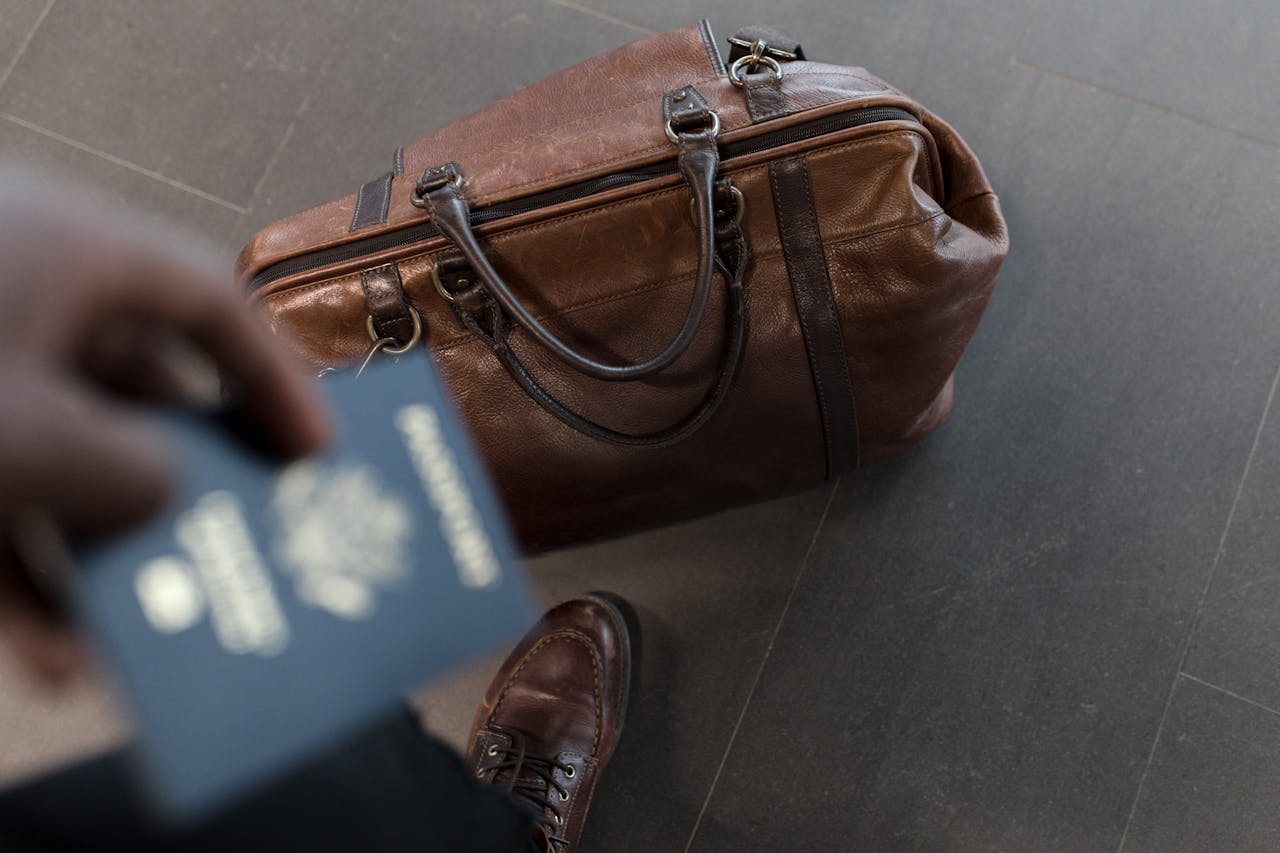Is Premium Travel Insurance Worth It in 2025? A Deep Dive into VIP Medical Coverage
In an era where global travel is rapidly bouncing back and luxury trips are on the rise, more travelers are asking a practical question — is premium travel insurance worth it? With healthcare costs abroad hitting record highs and VIP medical coverage becoming a luxury add-on, this guide breaks down everything you need to know before paying extra for premium protection.
1. The New Travel Landscape: Why Premium Plans Exist
According to a 2025 OECD report, international travel has surpassed pre-pandemic levels by 12%. Business-class and luxury travelers are leading this resurgence, but with that growth comes risk: hospital bills for travelers in the U.S. or Switzerland can exceed $3,000 per day without insurance.
Traditional travel insurance may cover emergencies, but premium travel insurance adds high-end benefits like private hospital rooms, multilingual medical concierges, and direct billing with top clinics — features that matter when comfort and time are critical.
In Europe, insurers like Allianz Partners and AXA Travel report that 1 in 5 policyholders now choose premium-tier plans, a 35% increase since 2022.
2. What Exactly Does Premium Travel Insurance Cover?
Premium plans go far beyond “trip cancellation” protection. Below is a snapshot of what differentiates them from standard coverage.
| Feature | Standard Plan | Premium Plan (VIP) |
|---|---|---|
| Medical Coverage | Up to $100,000 | Up to $1,000,000 or unlimited |
| Hospital Type | Public or available | Private/VIP network |
| 24/7 Medical Concierge | Limited call support | Dedicated multilingual concierge |
| Evacuation Service | To home country | To preferred hospital worldwide |
| Trip Cancellation | Basic refunds | Flexible “cancel-for-any-reason” (CFAR) |
| Pre-existing Conditions | Often excluded | Usually covered with stability clause |
| Lost Luggage | Up to $1,000 | Up to $5,000 with priority recovery |
The difference isn’t just the payout — it’s the experience. Premium policies often include direct billing, so you never have to pay upfront at a hospital abroad, plus priority access to private healthcare networks.
3. The True Cost of Premium Travel Insurance in 2025
Based on aggregated data from InsureMyTrip and Squaremouth (2025), here’s what average travelers are paying:
| Trip Type | Standard Policy | Premium Policy |
|---|---|---|
| 10-day EU trip | $65 | $160 |
| 2-week US trip | $90 | $240 |
| 1-month Asia-Pacific trip | $120 | $300 |
| Global multi-destination (60 days) | $250 | $520 |
While premiums cost roughly 2–3x more, the value becomes clear in emergencies. A simple appendicitis in Singapore could cost over $15,000 USD, and an emergency evacuation from Italy to the U.S. can exceed $120,000.
For frequent travelers, these policies can save not only money but time, language barriers, and stress.
4. Real-Life Case Study: A Medical Emergency in Zurich
Let’s take a real case reported by ITIJ (International Travel & Health Insurance Journal) in 2024.
A 48-year-old U.S. business traveler suffered acute appendicitis while in Zurich. With standard insurance, he would have had to pay upfront and file for reimbursement later. But his premium plan through Allianz Global Assistance arranged direct admission to a private hospital, full payment handling, and post-surgery business-class repatriation — all within hours.
Final hospital bill: $38,000 USD
Traveler’s out-of-pocket cost: $0
That’s the kind of peace of mind premium coverage is built for.
5. Who Actually Needs Premium Travel Insurance?
Not everyone needs it — but for certain travelers, it’s almost essential:
✅ Recommended For
- Frequent business travelers or digital nomads
- Senior travelers (especially with pre-existing conditions)
- Families traveling with children
- Travelers heading to remote or high-cost destinations (e.g., U.S., Switzerland, Japan)
- Cruise travelers (since onboard medical costs are sky-high)
❌ Probably Overkill For
- Short domestic or budget trips
- Low-risk leisure travel with good local healthcare access
- Younger travelers with existing coverage via credit cards
6. Step-by-Step: How to Choose a Premium Travel Insurance Plan
Step 1: Assess Your Health and Travel Frequency
If you travel more than twice a year internationally, annual premium coverage might be more cost-effective than single-trip plans.
Step 2: Compare Coverage Limits
Look for at least $500,000 USD in medical coverage, CFAR (Cancel for Any Reason) protection, and inclusion of pre-existing condition clauses.
Step 3: Verify VIP Medical Network Access
Make sure your insurer partners with international hospitals that offer direct billing (e.g., Bupa Global, Allianz Worldwide Care).
Step 4: Check Repatriation and Evacuation Terms
Confirm whether you can choose destination hospitals — some premium policies allow evacuation to your preferred country, not just your home.
Step 5: Review Add-Ons
Business travelers should check for trip interruption due to client or work emergencies. Families should look for child assistance or companion travel support.
7. Industry Insight: How VIP Medical Coverage Is Evolving
In 2025, the luxury travel insurance market in Europe and North America is estimated at $1.8 billion, up 22% year-over-year.
Trends shaping the premium market include:
- Telemedicine integration: On-demand video consultations for travelers abroad
- AI-assisted claim processing: Reduces claim resolution time from 15 days to 48 hours
- Lifestyle coverage bundling: Combining travel, wellness, and concierge benefits under one policy
- Partnerships with luxury travel brands: For example, Amex Platinum Travel Insurance now includes priority private clinic access in 40+ countries
These enhancements make premium coverage not just about “insurance” but a luxury service ecosystem.
8. Potential Downsides: When Premium Plans Aren’t Worth It
Even the best plan has limits. Premium doesn’t always mean “no hassle.”
- Upfront Cost: Paying $200+ for short trips may not make financial sense for low-risk travelers
- Complex Terms: VIP plans often come with detailed conditions — always read exclusions carefully
- Duplicate Coverage: Many premium credit cards (e.g., Amex Platinum, Chase Sapphire Reserve) already offer comparable benefits
- Geographical Restrictions: Some policies exclude high-risk countries or regions under travel advisories
So while premium coverage sounds perfect, a wise traveler reviews existing benefits before buying extra.
9. FAQ: Common Questions About Premium Travel Insurance
Q1: Does Premium Travel Insurance cover pre-existing medical conditions?
Yes, most premium-tier plans include coverage if your condition is stable for at least 90 days before travel.
Q2: Can I get VIP medical service anywhere in the world?
Usually yes, but it depends on the insurer’s hospital network. Allianz, IMG, and Bupa have global VIP networks covering over 180 countries.
Q3: Is CFAR (Cancel For Any Reason) worth paying for?
If your trip involves expensive reservations or business flexibility, yes — CFAR gives up to 75% reimbursement for any reason cancellation.
Q4: How soon should I buy travel insurance before a trip?
Ideally within 10–14 days of your first booking, to qualify for early-purchase benefits like CFAR and pre-existing condition coverage.
Q5: Are VIP insurance claims faster?
Yes, according to a 2025 Allianz report, 82% of premium policyholders received claims within 3 business days — twice as fast as standard policies.
10. Final Thoughts: Is Premium Travel Insurance Worth It?
For many travelers, the answer depends on what “peace of mind” is worth.
If you’re flying economy for a short city break, standard insurance is fine. But if you’re traveling for business, taking your family abroad, or visiting destinations where healthcare costs are unpredictable, premium travel insurance offers unmatched reassurance — both medically and emotionally.
In today’s unpredictable world, it’s less about luxury — and more about being prepared.



